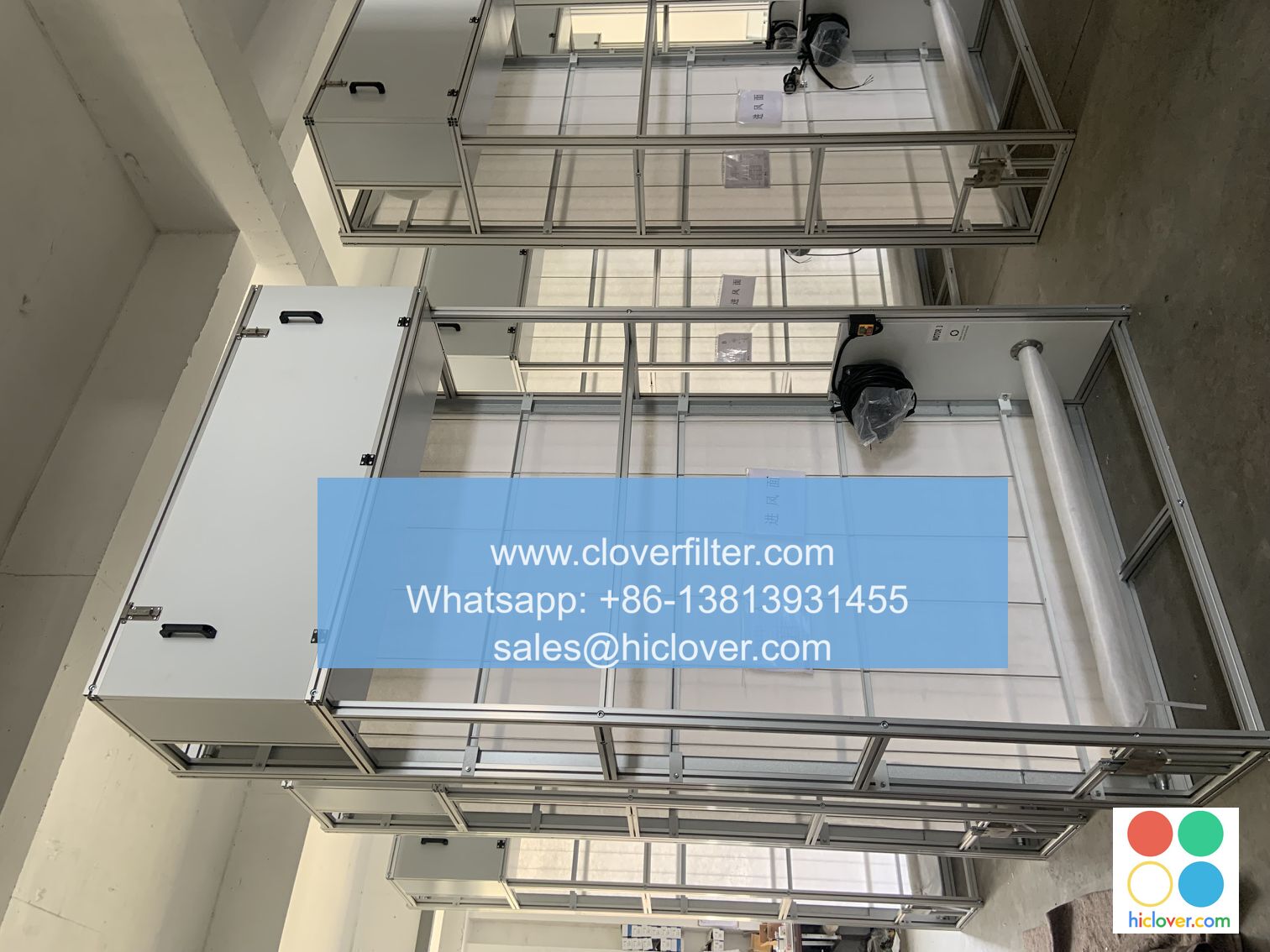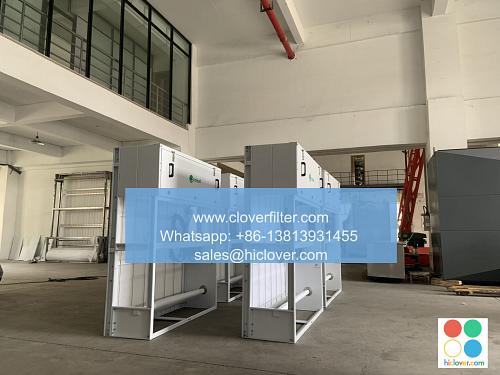Energy Efficiency and Air Filtration: A symbiotic Relationship

Energy efficiency and air filtration are two crucial aspects of modern building design and operation. While they may seem like separate entities, they are, in fact, closely intertwined. In this article, we will explore the symbiotic relationship between energy efficiency and air filtration, highlighting various application areas where they converge.
Introduction to Energy Efficiency
Energy efficiency refers to the use of technology and practices that reduce the amount of energy required to power buildings, homes, and industries. This can be achieved through the use of energy-efficient appliances, lighting, and HVAC systems, as well as through the implementation of smart building technologies. Energy efficiency is not only beneficial for the environment, but it also helps to reduce energy costs and improve the overall comfort and productivity of occupants.
The Importance of Air Filtration
Air filtration is the process of removing pollutants and contaminants from the air to improve indoor air quality (IAQ). This is particularly important in buildings, where poor IAQ can lead to a range of health problems, including respiratory issues, headaches, and fatigue. Air filtration systems use filters, such as HEPA filters and activated carbon filters, to remove particulate matter, gases, and odors from the air.
The Symbiotic Relationship Between Energy Efficiency and Air Filtration
So, how do energy efficiency and air filtration relate to each other? The answer lies in the fact that air filtration systems can have a significant impact on energy efficiency. For example, high-efficiency air filters can help to reduce the energy required to heat and cool buildings by minimizing the amount of energy lost through ventilation. Additionally, energy-recovery ventilation systems can recover energy from exhaust air and transfer it to incoming fresh air, reducing the energy required for heating and cooling.
Application Areas
The symbiotic relationship between energy efficiency and air filtration is evident in a range of application areas, including:
* Commercial buildings: Energy-efficient air filtration systems can help to reduce energy costs and improve IAQ in offices, retail spaces, and other commercial buildings.
* Industrial facilities: Air filtration systems can help to remove pollutants and contaminants from the air in industrial facilities, improving worker health and safety while also reducing energy costs.
* Residential buildings: Energy-efficient air filtration systems can help to improve IAQ and reduce energy costs in homes, particularly in areas with poor outdoor air quality.
* Hospitals and healthcare facilities: Air filtration systems are critical in hospitals and healthcare facilities, where poor IAQ can have serious consequences for patient health. Energy-efficient air filtration systems can help to reduce energy costs while also improving IAQ.
Key Technologies and Strategies
Several key technologies and strategies are driving the convergence of energy efficiency and air filtration, including:
* Building information modeling (BIM): BIM software can help to optimize building design and operation, including the integration of energy-efficient air filtration systems.
* Internet of things (IoT) sensors: IoT sensors can be used to monitor IAQ and energy usage in real-time, allowing for more efficient operation of air filtration systems.
* Energy-efficient HVAC systems: Energy-efficient HVAC systems, such as heat pumps and geothermal systems, can be designed to work in conjunction with air filtration systems to optimize energy efficiency.
Conclusion
In conclusion, energy efficiency and air filtration are intimately connected, and their symbiotic relationship is driving innovation in a range of application areas. By understanding the ways in which air filtration systems can impact energy efficiency, building owners and operators can make informed decisions about how to optimize their buildings for both energy efficiency and IAQ. As the demand for energy-efficient and healthy buildings continues to grow, the convergence of energy efficiency and air filtration is likely to play an increasingly important role in shaping the built environment. It looks like you’re ready to start a conversation or ask a question, but you haven’t given me a specific prompt yet. What’s on your mind? Need help with something, want to discuss a topic, or just looking for some fun conversation?

